Brandt VM515XE1 User manual
Other Brandt Dishwasher manuals

Brandt
Brandt VH1505W User manual
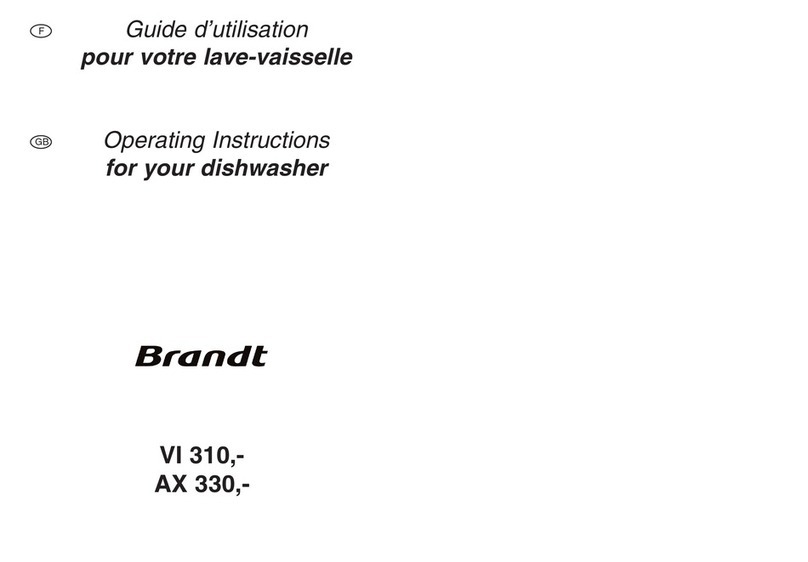
Brandt
Brandt VI 310 User manual
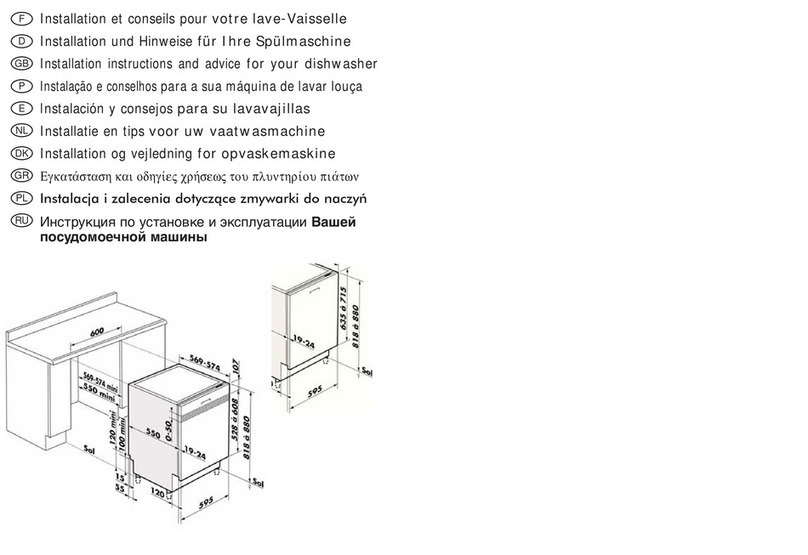
Brandt
Brandt VI320BE1 User manual
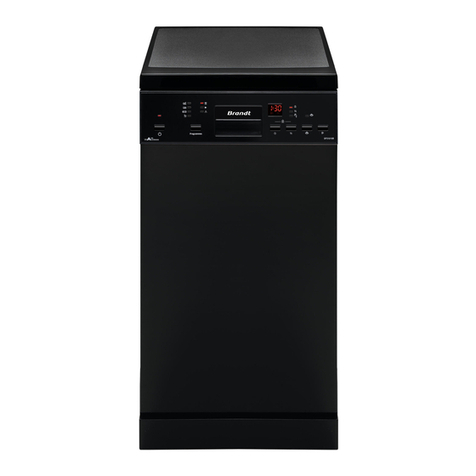
Brandt
Brandt DFS1010W User manual

Brandt
Brandt BKDD435J2 User manual
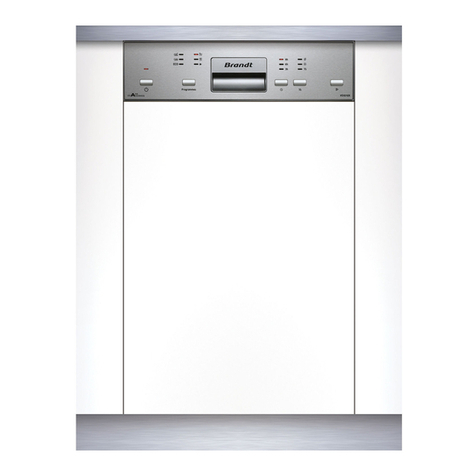
Brandt
Brandt VS1010X User manual

Brandt
Brandt VS1009X User manual

Brandt
Brandt DVC1434JU User manual

Brandt
Brandt VH1472J User manual
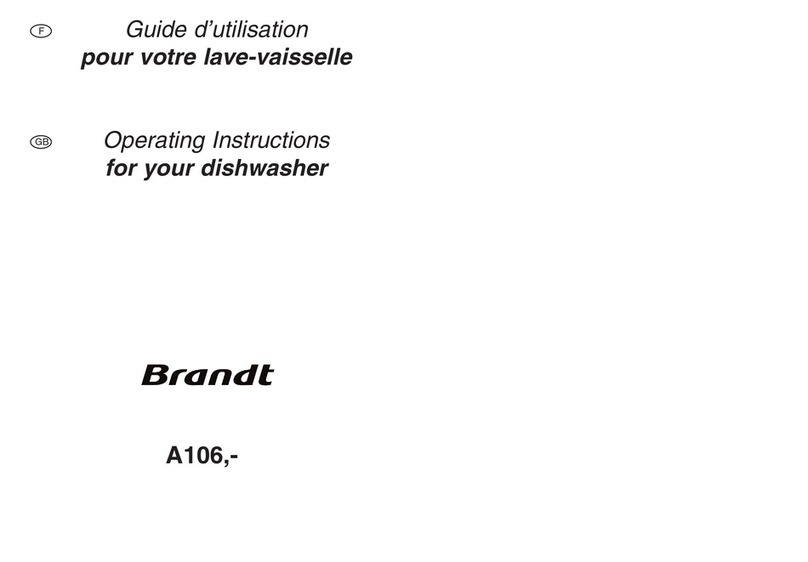
Brandt
Brandt A106 Series User manual
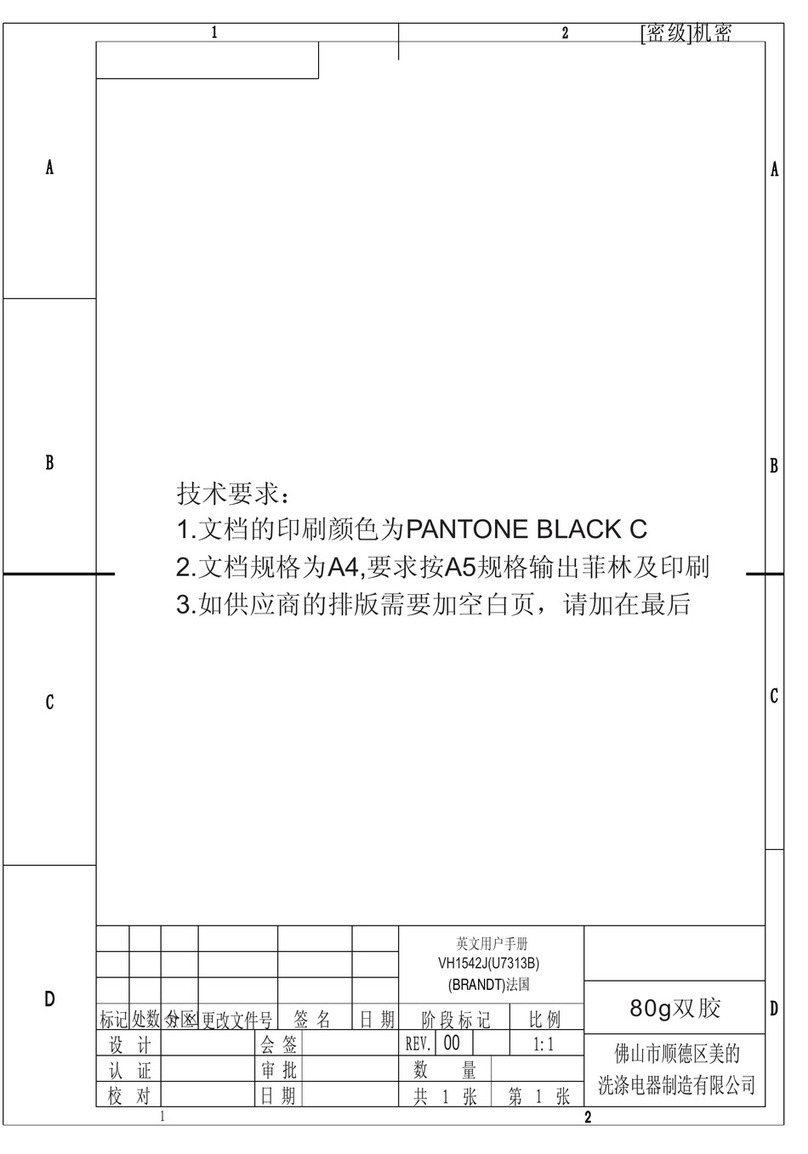
Brandt
Brandt VH1542J User manual

Brandt
Brandt DFH13114W User manual

Brandt
Brandt BDF534DW User manual

Brandt
Brandt BF3424CW User manual

Brandt
Brandt LVE127J User manual

Brandt
Brandt DWE350 User manual

Brandt
Brandt DFH13524W User manual
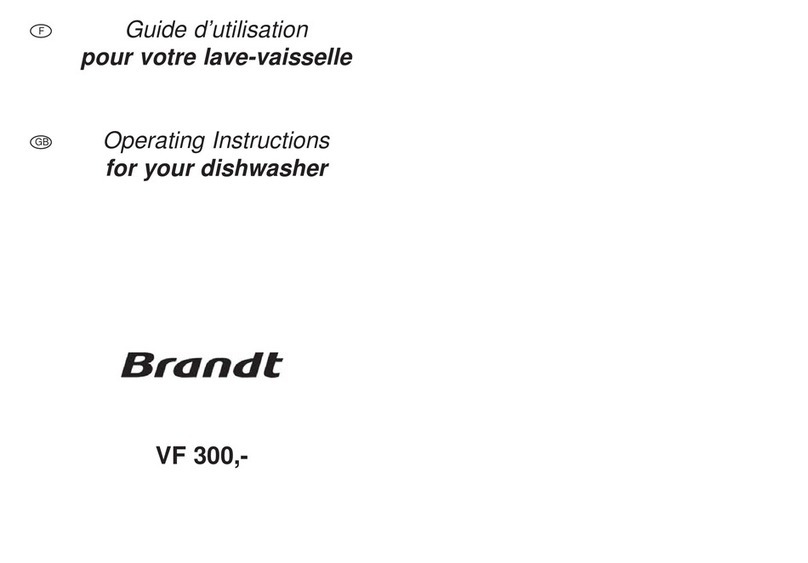
Brandt
Brandt VF 300 Series User manual

Brandt
Brandt VH1772X User manual

Brandt
Brandt VH1505J User manual































